COMBATTING IN-WORK POVERTY EAPN COMPENDIUM OF PROMISING PRACTICES
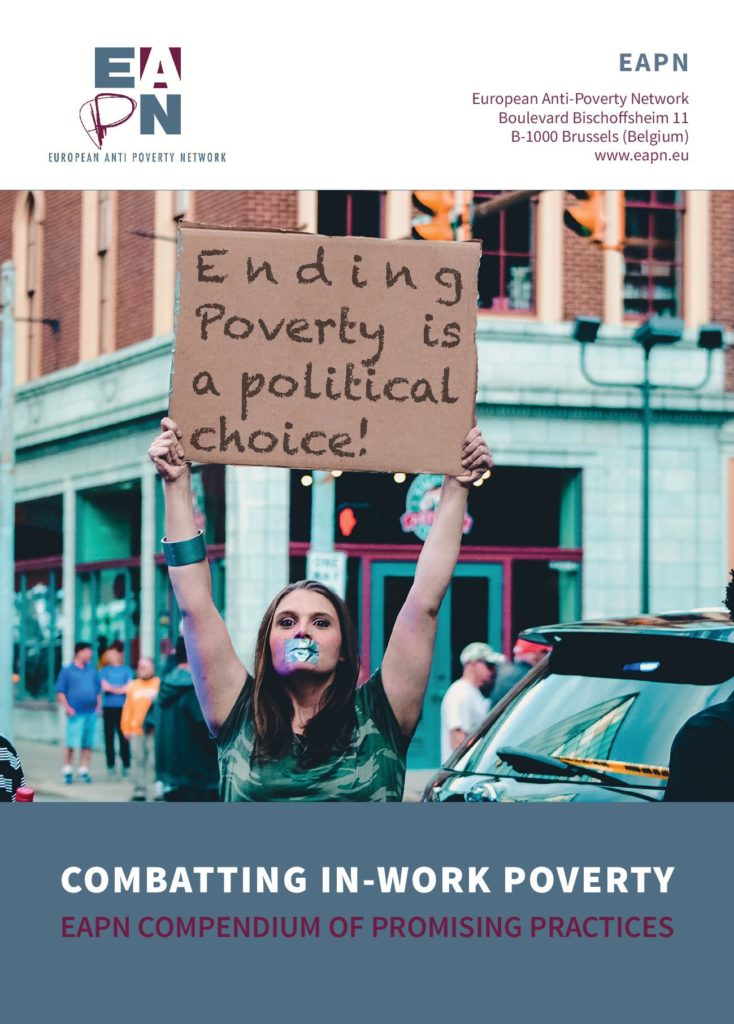
EAPN members on the ground often witness the spreading of in-work poverty, that is, people experiencing poverty despite having a job. In fact, in 2017, 9,6% of the people in employment were living under the poverty threshold, corresponding to over 32 million workers at risk of poverty. Inwork poverty increased by 1.1% at the EU-28 […]
Gender and Poverty in Europe EAPN BRIEFING NOTE 2017
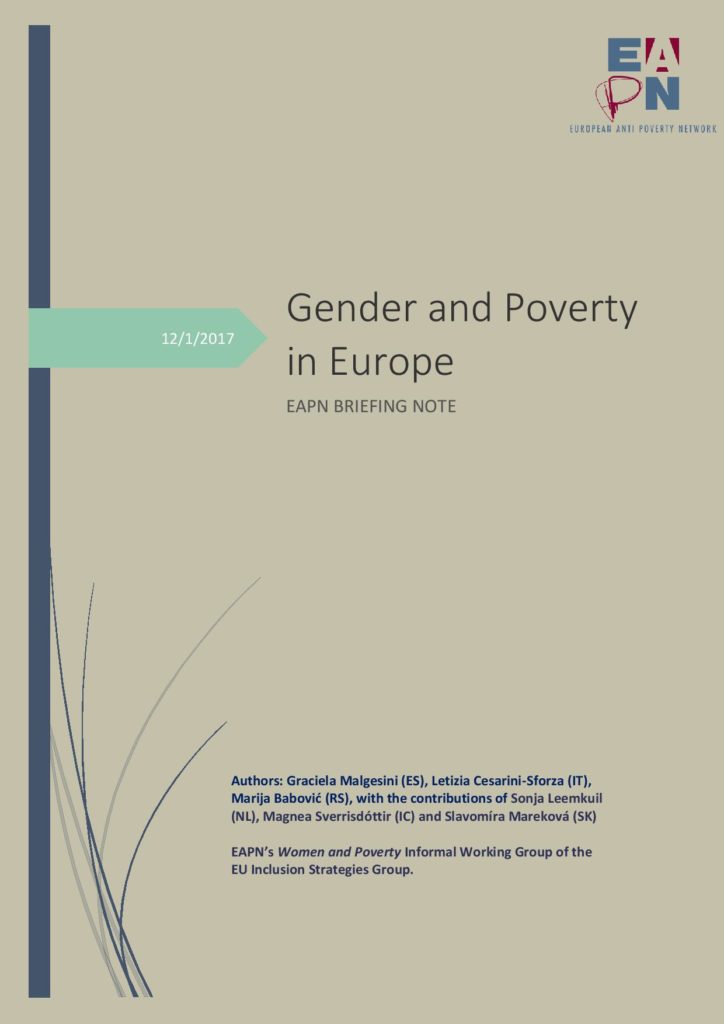
Both poverty and gender inequality are two forms of social injustice. They undermine human rights; the, wellbeing of individuals, and their capacity to develop their full potential in life (as emphasized in the human development approach1). Despite efforts made to make progress in gender equality, women are still in an underprivileged position in our societies, […]
DOMESTIC ABUSE, HUMAN RIGHTS AND THE FAMILY COURTS
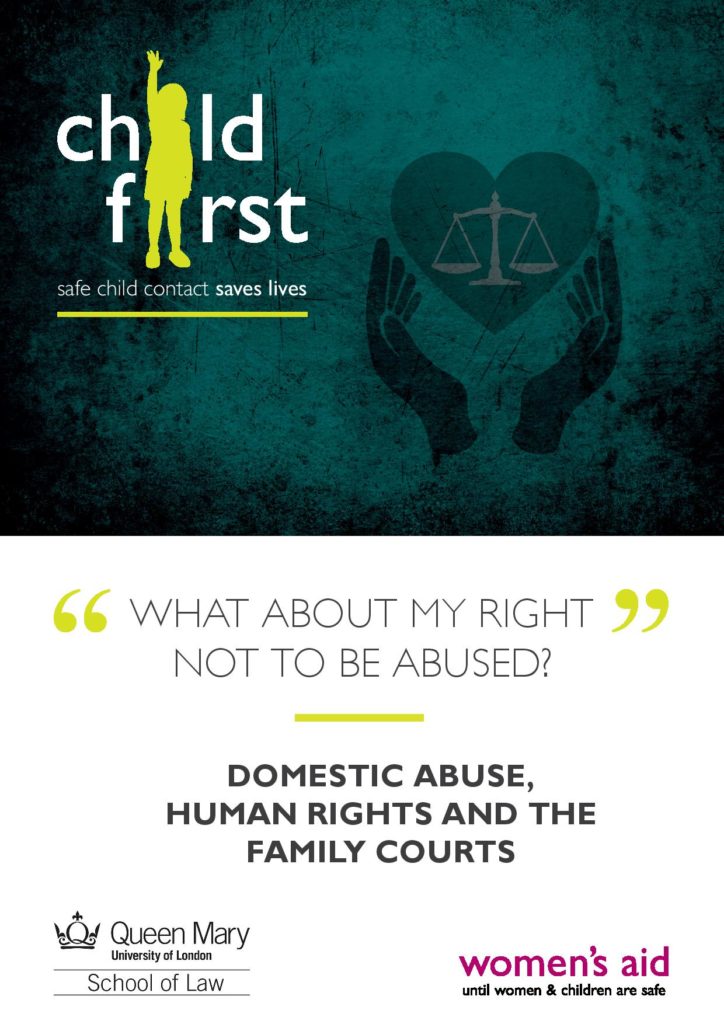
The new research outlined in this report, undertaken in partnership with Queen Mary University of London as part of the next phase of our Child First campaign, looks at domestic abuse and child contact proceedings through the lens of human rights. Human rights are for everyone, and while the family courts are an obvious venue […]
Alienation and Violence: Impact of Syria Crisis Report 2014
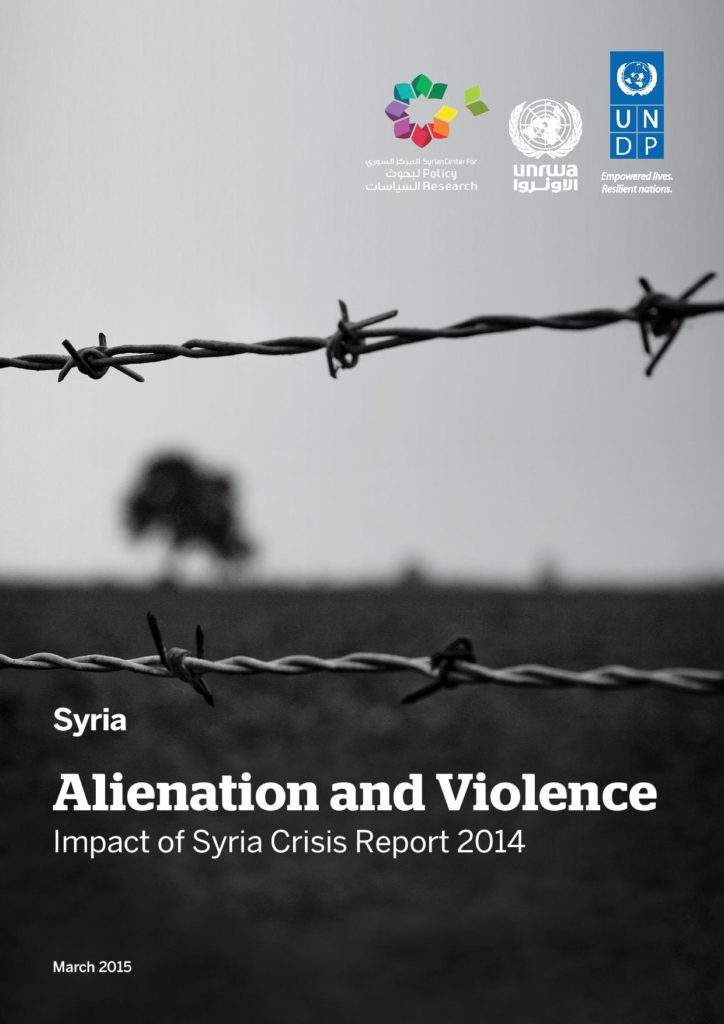
This report was prepared by the Syrian Centre for Policy Research (SCPR) with support and cooperation of UNDP and UNRWA. It is part of series of quarterly based reports on the impact of the crisis on development in Syria. All three organisations are committed to providing reliable socioeconomic data, indicators and analysis to track the […]
Multidimensional Child Deprivation in Syria A comparative research 2001, 2009

This report constructs Multidimensional Child Deprivation Indices (MCDIs) of Syria in 2001 and 2009, adopting child-centered approach and focusing on child wellbeing, environment, and potentials, to analyze the dynamics of child deprivation and its main components and assess the impact of related national development policies in terms of children rights, potentials, and general environment. […]
Forced Dispersion: a demographic report on human status in Syria
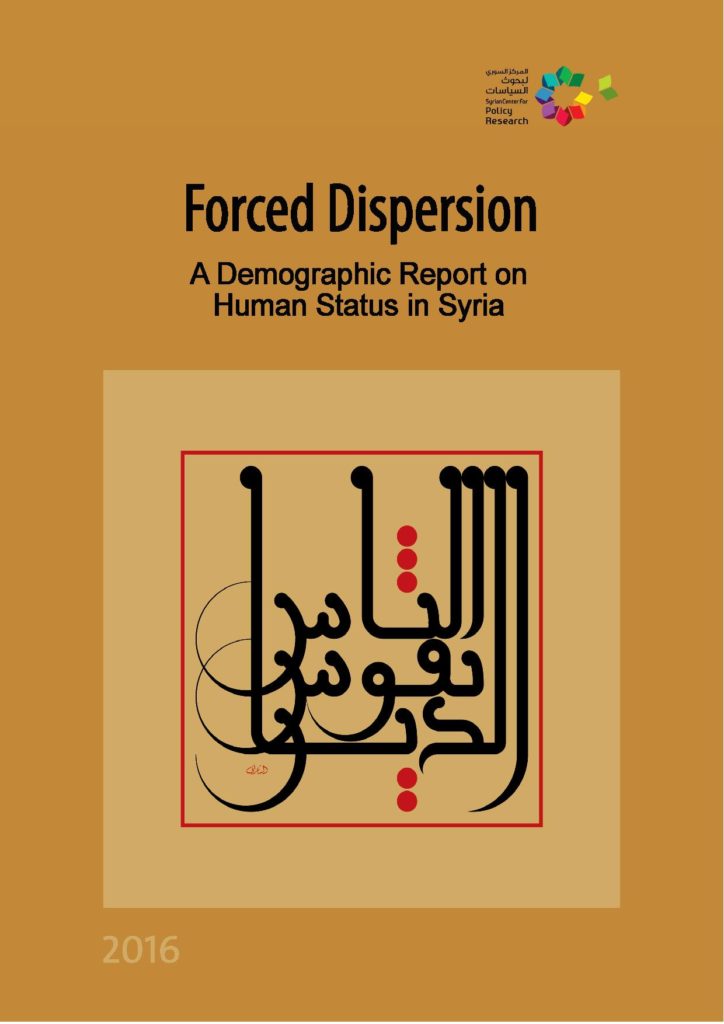
This report diagnoses the population question in Syria before and during the crisis, by means of a rights based participatory methodology. This diagnosis has involved a recalculation of some significant demographic indicators for the period prior to thecrisis, including birth, mortality, and fertility rates, one result being that population issues have been re-read from a […]
A CONTEMPORARY VIEW OF ‘FAMILY’ IN INTERNATIONAL HUMAN RIGHTS LAW AND IMPLICATIONS FOR THE SUSTAINABLE DEVELOPMENT GOALS (SDGs)
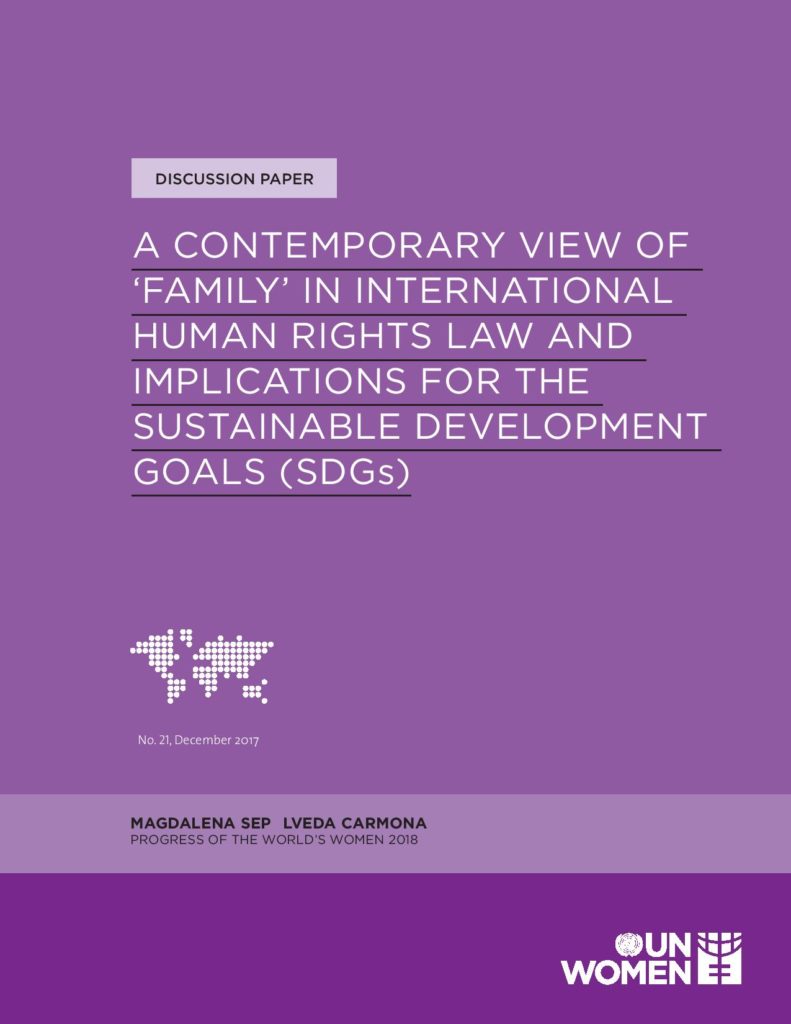
The paper examines the interplay between the obligations related to the ‘family’ that States have assumed through various human rights treaties adopted over the decades, and the recent commitments undertaken under the 2030 Agenda for Sustainable Development. [gview file=”http://afakneswiah.org/wp-content/uploads/2020/04/Discussion-paper-A-contemporary-view-of-family-in-international-human-rights-law-en.pdf”]
Building Inclusive Economies: How Women’s Economic Advancement Promotes Sustainable Growth
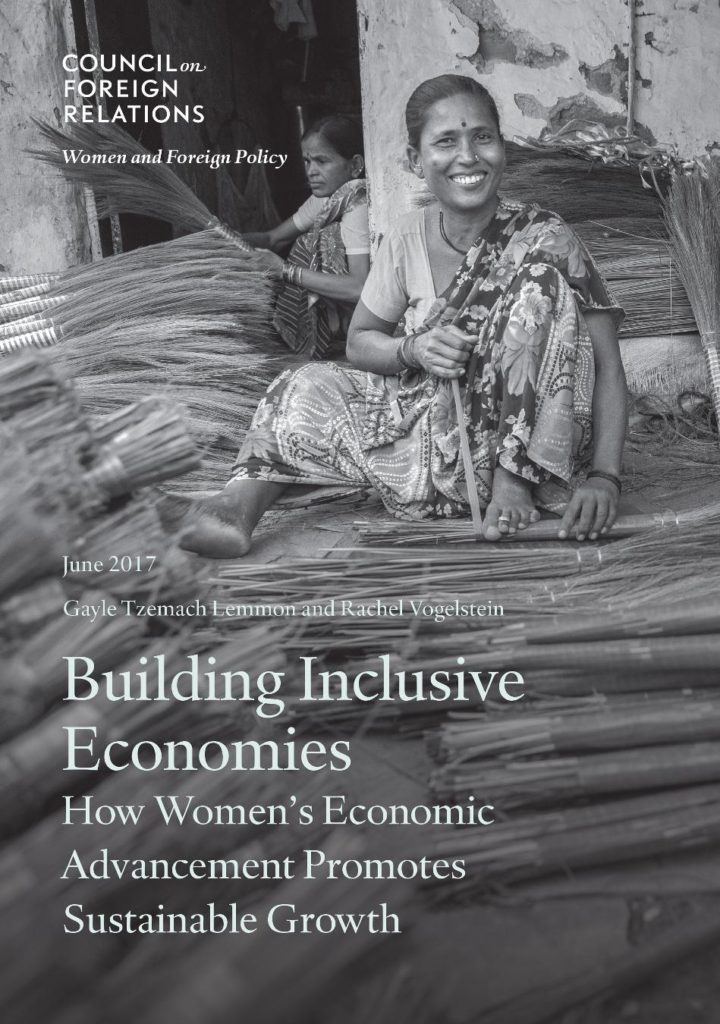
The connection between women’s economic participation and prosperity is undeniable. Over the past two decades, a growing number of international organizations and world leaders have recognized that the economic empowerment of women is critical to economic growth and stability. Analyses from the United Nations, International Monetary Fund (IMF), Organization for Economic Cooperation and Development (OECD), […]
WITHOUT FEMINISM THERE IS NO AGROECOLOGY: TOWARDS HEALTHY, SUSTAINABL E AND JUST FOOD SYSTEMS
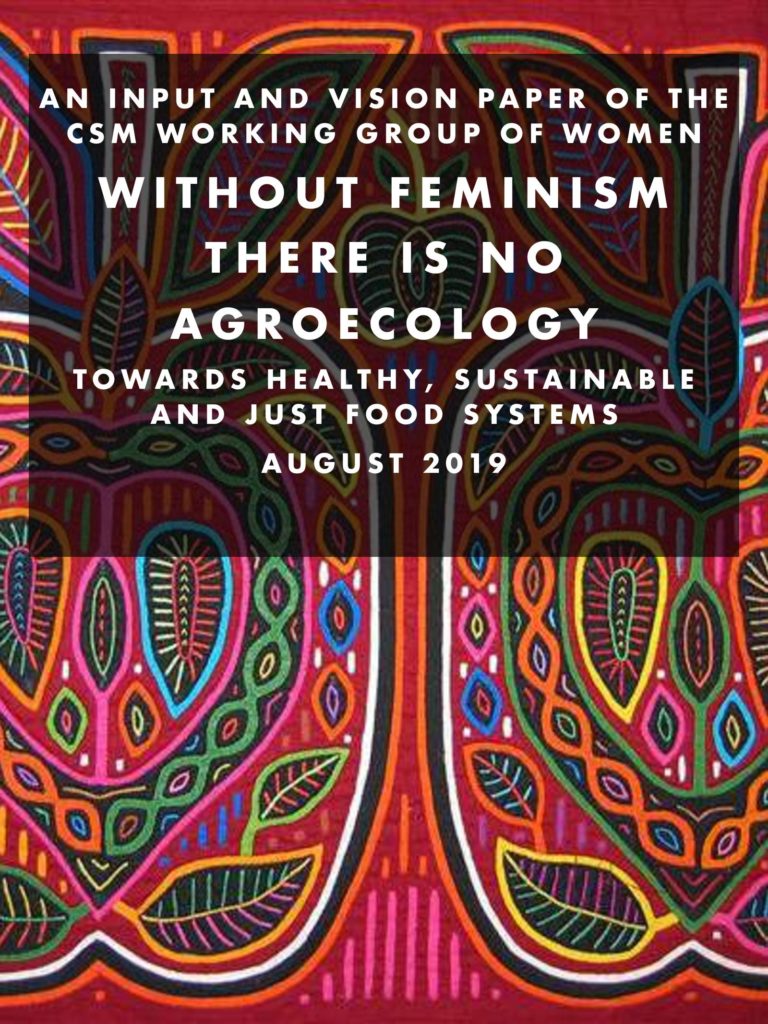
This document intends to inform CSM positions towards the upcoming CFS Policy Process on Agroecology and other innovations. A shorter version of this vision is also included in the new edition 2019 of the Right to Food and Nutrition Watch of the Global Network for the Right to Food and Nutrition. [gview file=”http://afakneswiah.org/wp-content/uploads/2020/04/CSM-Agroecology-and-Feminism-September-2019_compressed.pdf”]
COUNTING THE COST: The Price Society Pays for Violence Against Women
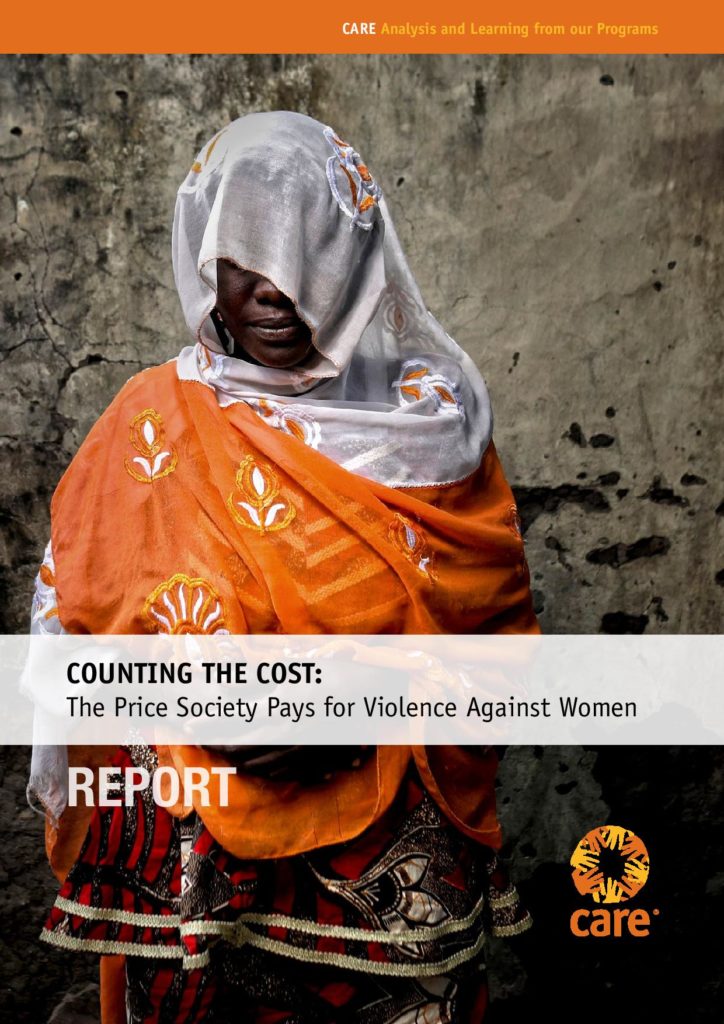
Global statistics on violence against women show that, on average, 35% of women have experienced either physical and/or sexual violence by someone who is an intimate partner or sexual violence by someone who is not a partner. Furthermore, as many as 38% of all murders of women are committed by male intimate partners (WHO, 2013, […]
